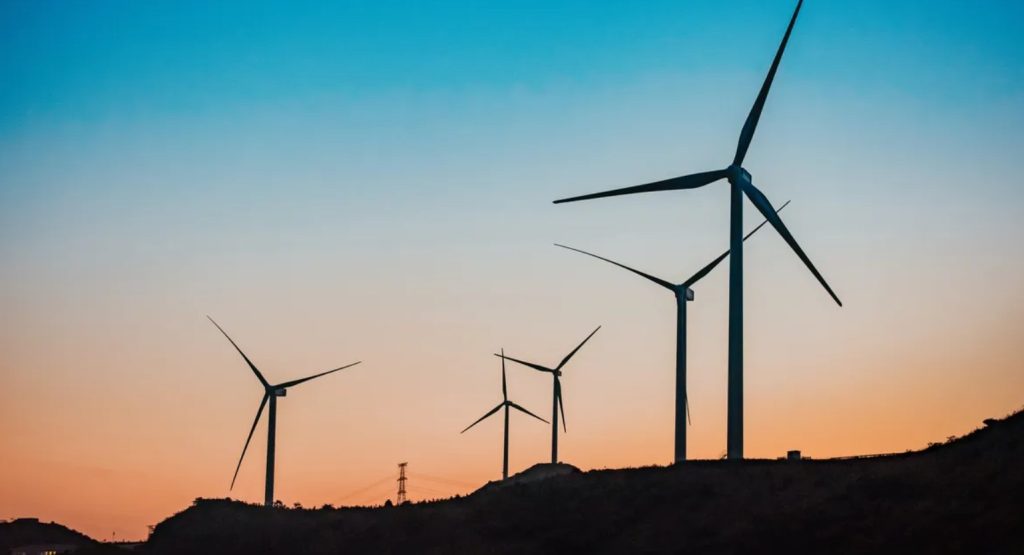
Sandia National Laboratories researchers have developed a fundamentally new type of rotary electrical contact. The technology is called Twistact, and it will eliminate the need for expensive rare-earth magnets in large wind turbines.
Sandia is now ready to partner with the energy industry to develop the next generation of direct-drive wind turbines.
Sandia’s Twistact is a novel approach to transmitting electrical current between a stationary and rotating frame, or between two rotating assemblies having different speeds or rotational directions. This method is ideal for use in wind turbines.
Sandia National Laboratories scientists began asking themselves difficult questions, according to Jeff Koplow, Sandia research scientist and engineer.
“We knew it would be game-changing if we could find a way to get around the limited service lifetime of conventional rotary electrical contacts,” he said.
“We spent a lot of time considering if there was another plausible way to develop a rotary electrical contact architecture.”
Twistact is what they came up with, a pure-rolling-contact device to transmit electrical current along an ultra-low-resistance pathway. This technology will improve sustainability, reduce maintenance and lower costs.
Benefits of Twistact technology
One of the more intriguing aspects of this technology is the use of the Twistact technology in the vertical wind turbines being used in California. There are new tools in these turbine’s arsenal of equipment, and replacing the brush or slide ring motors and generators could be game-changing.
One of the major benefits of Twistact is the complete elimination of rare-earth magnets. These materials have vulnerable supply chains and come at substantial initial costs.
An example of the tenuous supply-chain issues these materials have was in 2011, when the price of Neodymium and Dysprosium, the two rare-earth elements used in making such magnets skyrocketed due to a major crisis in supply-chain functions. Such an event could all but eliminate the use of large wind turbines completely.
With Twistact, there are no maintenance costs, or replacement costs, which are sustainable in the system used to generate wind energy today. Twistact addresses two large issues of degradation that are common to high-maintenance brush or slip ring assemblies, sliding contact, and electrical arcing.























